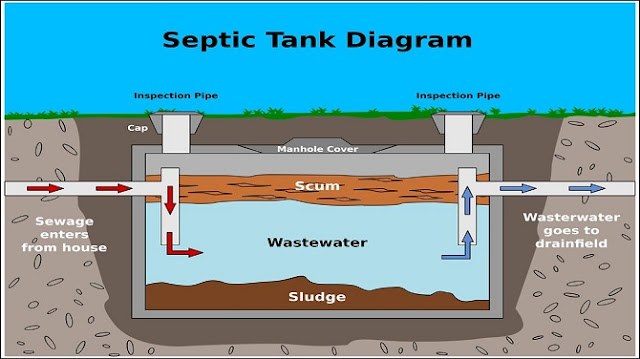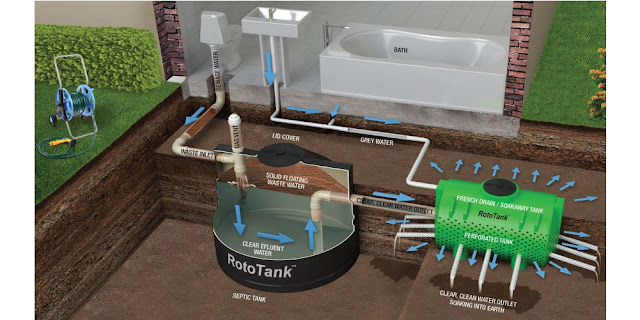Which chemical is used to unclog drains and sinks
Navigating Drain and Sink Unclogging Chemicals: Understanding Their Uses and Impact
Dealing with clogged drains and sinks is a common household challenge that many people encounter. While there are various methods to address these issues, chemical drain cleaners are often considered a quick and convenient solution. These products are designed to break down and dissolve blockages, allowing water to flow freely again. However, it's important to use such chemicals cautiously and be aware of their potential impact on your plumbing, environment, and health. In this article, we'll explore the types of chemicals used to unclog drains and sinks, their effectiveness, and the considerations to keep in mind.
1. Caustic Drain Cleaners (Sodium Hydroxide):
Caustic drain cleaners, commonly known as alkaline drain cleaners, contain chemicals like sodium hydroxide (lye) as their active ingredient. These products work by converting grease and other organic matter into a soap-like substance that can be easily rinsed away. Caustic drain cleaners are effective against hair, grease, food particles, and soap scum.
Effectiveness: Caustic drain cleaners are generally effective at breaking down organic blockages and opening up drains. They can be useful for regular maintenance and minor clogs.
Considerations: While these cleaners are effective, they are highly caustic and can cause chemical burns if they come into contact with skin or eyes. Additionally, they can damage certain types of pipes and fixtures over time.
2. Acidic Drain Cleaners (Sulfuric Acid or Hydrochloric Acid):
Acidic drain cleaners contain sulfuric acid or hydrochloric acid as their main active ingredient. These products work by chemically reacting with organic materials, such as hair and soap scum, to dissolve the blockage. Acidic drain cleaners are effective at clearing clogs caused by hair, grease, and soap.
Effectiveness: Acidic drain cleaners can quickly dissolve organic blockages and are often effective in removing stubborn clogs.
Considerations: Like caustic cleaners, acidic cleaners are corrosive and can cause severe burns if mishandled. They can also damage pipes, particularly older or weakened ones, and are generally not recommended for use in toilets due to potential damage to the porcelain.
3. Enzyme-Based Drain Cleaners:
Enzyme-based drain cleaners contain natural enzymes that break down organic matter in the drain. These enzymes work gradually to eat away at the clog, and they are often considered a safer and environmentally friendly option.
Effectiveness: Enzyme-based cleaners are effective for preventive maintenance and for minor clogs. They work best on organic materials like hair, soap scum, and food particles.
Considerations: Enzyme-based cleaners are generally safer for pipes and fixtures, but they may not be as effective against more stubborn or larger clogs.
4. Mechanical Drain Cleaning Tools:
Mechanical tools such as plungers, drain snakes, and augers are manual options for unclogging drains. These tools physically break up and remove blockages, making them a safer option for your plumbing and the environment.
Effectiveness: Mechanical tools are effective for a wide range of clogs and can be used for both preventive maintenance and clearing blockages.
Considerations: Mechanical tools require physical effort and can be messy, but they are generally safer for pipes and do not introduce potentially harmful chemicals into your plumbing system.
Choosing the Right Approach:
When faced with a clogged drain or sink, consider the following factors before using chemical drain cleaners:
Type of Clog: Determine the cause of the clog. Is it caused by hair, grease, soap scum, or something else? This can help you choose the most appropriate solution.
Severity of the Clog: Mild clogs and slow drains may respond well to enzyme-based cleaners or mechanical tools. Stubborn or severe clogs might require more potent solutions.
Type of Pipes: Consider the type of pipes you have. Older or fragile pipes may not withstand the corrosive nature of caustic or acidic cleaners.
Safety Precautions: Always follow safety instructions on the product label. Use protective gear like gloves and safety goggles if you choose to use chemical cleaners.
Environmental Impact: Chemical drain cleaners can introduce harmful substances into the water supply and environment. If possible, opt for more environmentally friendly options.
Safety Tips When Using Chemical Drain Cleaners:
Read Labels Carefully: Follow the manufacturer's instructions and warnings on the product label.
Ventilation: Use the products in well-ventilated areas to minimize exposure to fumes.
Protective Gear: Wear gloves, eye protection, and clothing that covers your skin to prevent contact with the chemicals.
Avoid Mixing: Do not mix different types of drain cleaners, as their chemical reactions can be dangerous.
Keep Children and Pets Away: Store the products out of reach of children and pets.
Preventive Measures:
Regular preventive maintenance can help minimize the need for chemical drain cleaners. Consider these measures:
Use drain screens or filters to catch hair, food particles, and debris.
Avoid pouring grease and oil down the drain.
Run hot water down the drain regularly to help prevent buildup.
Be cautious about what you flush down the toilet.
Conclusion:
When it comes to unclogging drains and sinks, the choice of method depends on the type and severity of the clog, as well as the materials of your pipes. While chemical drain cleaners can offer a quick fix, they come with safety and environmental considerations. Mechanical tools and enzyme-based cleaners are generally safer alternatives. Regardless of the method chosen, it's important to prioritize safety, proper usage, and environmental impact while effectively addressing the clog. If you're unsure, consider consulting a professional plumber who can provide guidance on the best approach for your specific situation.




Comments
Post a Comment